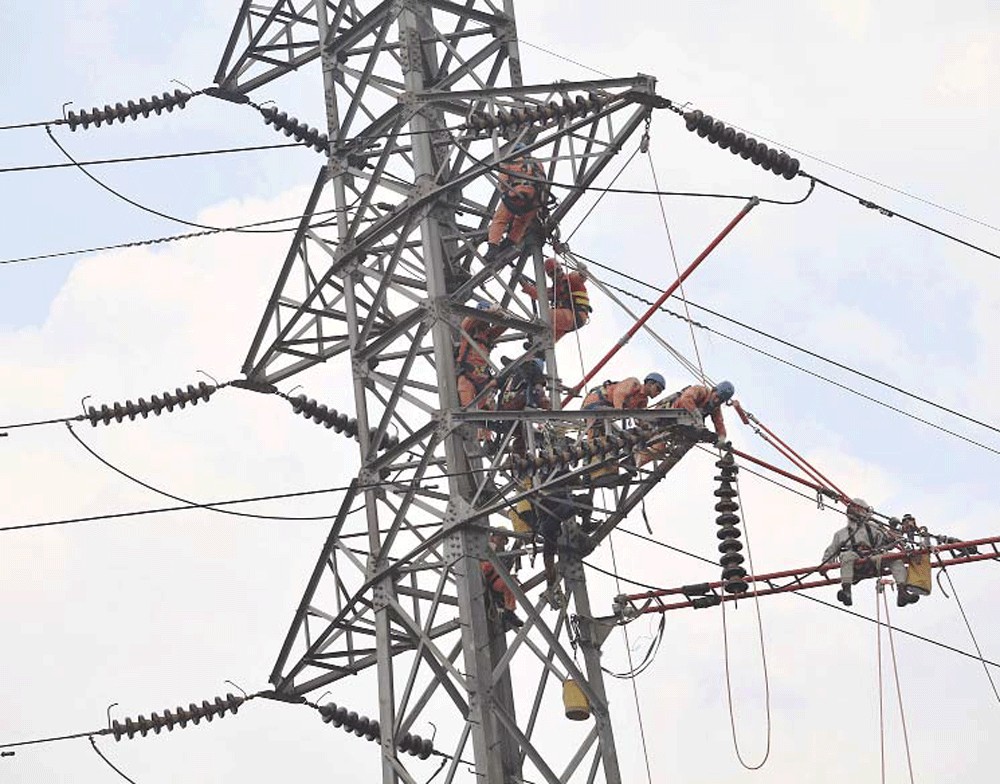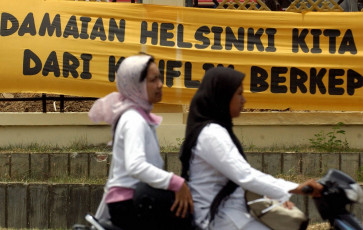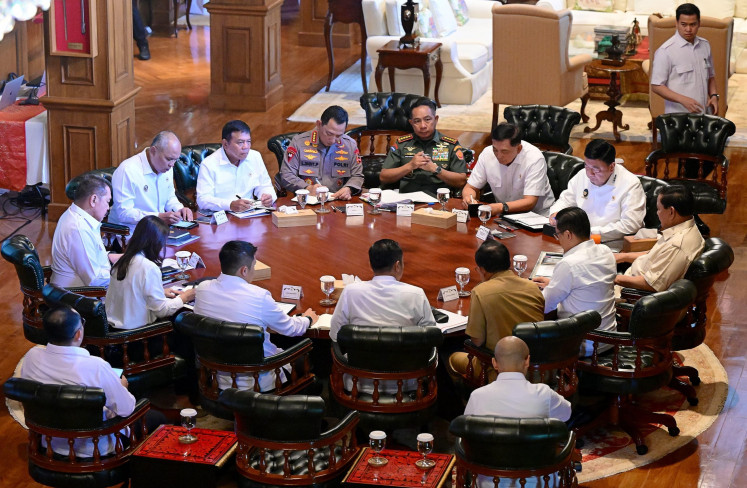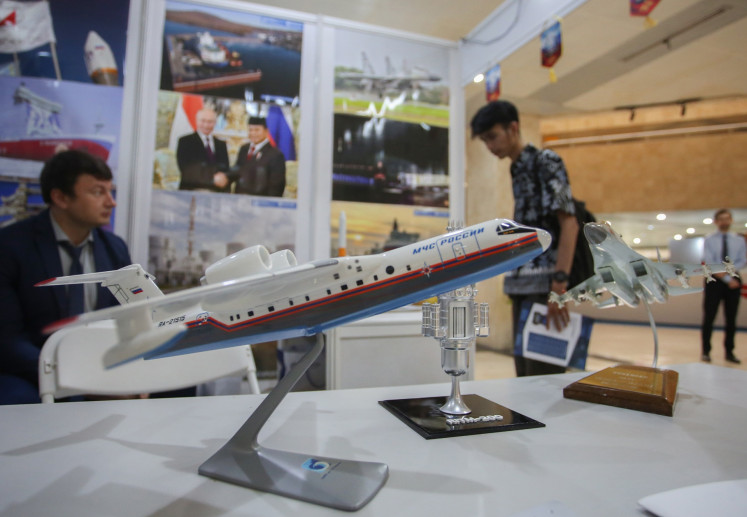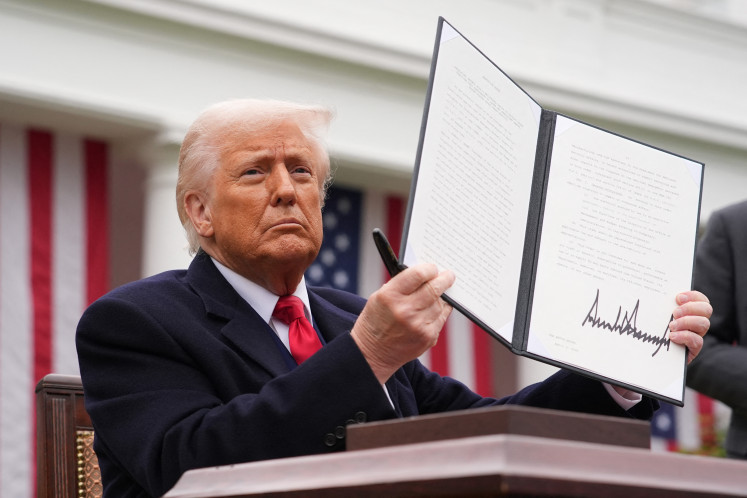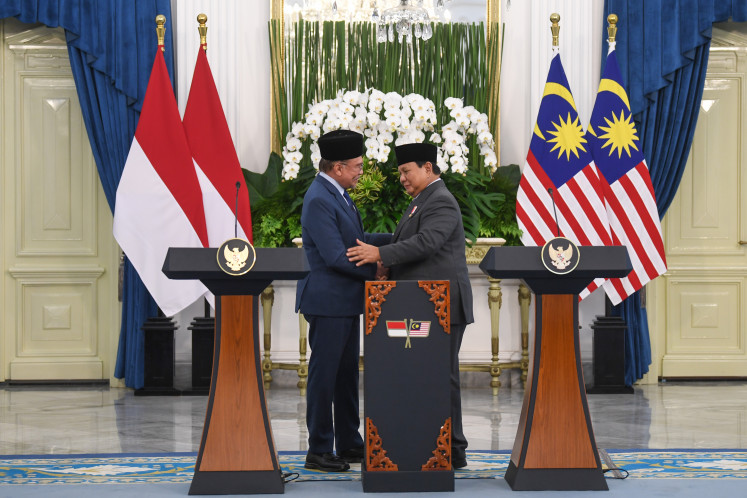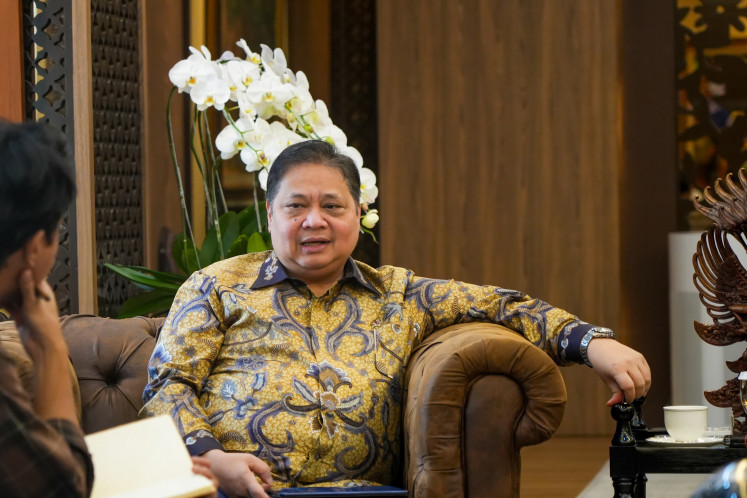Popular Reads
Top Results
Can't find what you're looking for?
View all search resultsPopular Reads
Top Results
Can't find what you're looking for?
View all search resultsWelcoming the new age of Indonesia’s power business
Independent power producers (IPP) in Indonesia have enjoyed a comfortably big market in the past few decades. Nevertheless, in today’s world, there is no way to hide from the so-called disruption that can reform the usual practice of doing business.
Change text size
Gift Premium Articles
to Anyone
I
ndependent power producers (IPP) in Indonesia have enjoyed a comfortably big market in the past few decades. Nevertheless, in today’s world, there is no way to hide from the so-called disruption that can reform the usual practice of doing business. To predict what would cause such disruption and how the market would change, one should first see the silver lining in what has happened in terms of market posture.
First, under the economic slowdown over the past two years, Indonesia’s islands of Java and Bali have experienced rather stagnant electricity demand, nearly in all customer segments. Industrial and energy-intensive manufactures are not growing as fast as expected.
This will cause oversupply and losses at state-owned electricity company PLN due to the unused capacity. On the other hand, consequently, uncertainty affects the market and private power producers.
The data speaks very loudly. PLN’s latest 10-year electricity procurement business plan indicates a decrease in the total power plant development from 78 gigawatts to 56 GW following the termination and/or postponement of several big power plant projects. It is also worth noting that no high-profile IPP tender was announced in 2018.
Without the commercialization of electric railways and a lifestyle transformation that consumes more electricity, including the use of electric vehicles, it can be assumed that no significant demand growth will occur in the Java-Bali region.
The low demand growth in Indonesia’s most crowded electricity market has indeed created a tremendous challenge for IPPs to make projects.
Second, we might find demand growth shift out of the Java-Bali region, including to less-developed regions, small islands and isolated subsystems. This situation is unfavorable for the giant IPPs, because demand in those regions is not large enough to attract their appetite.
One megawatt is already enough for a small island, yet for big IPPs, 1 MW is peanuts compared to the previous 1,000 MW projects. However, considering the remaining low electricity consumption in those islands outside Java-Bali and the potential new economic activity, demand for electricity will continuously grow.
The above conditions have caused market uncertainty. IPPs, especially giant companies, have to adapt to this situation: to be more flexible for new opportunities, which most likely means they need to get out of their business-as-usual box.
Considering the oversupply and saturated growth in Java-Bali, IPPs should also eye small islands or isolated systems for potential projects.
The small islands or isolated systems are typically connected to expensive electricity from PLN’s diesel gensets. Further, the availability factor is also low (12 hours of electricity service or less). The current demand in small islands is still low, but growth could be stimulated following the availability of reliable electricity supply. Energy and Mineral Resources Ministerial Regulation No. 50/2017 sets higher ceiling tariffs for renewable energy projects in such locations.
Nevertheless, project development in small islands and isolated systems tends to be unappealing for the private sector considering the very small project size and lower investment return amid higher logistical costs.
Thus, the formulation of an attractive procurement design and de-risking regulations are necessary. To achieve economies of scale, procurement packages should quote a bigger number e.g. 5 MW total capacity of photovoltaic and small battery for a ramp-rate facility, decentralized in adjacent small islands or regions, such as in South Sulawesi and Maluku for hybrid operation with PLN’s diesel gensets.
The procurement contract can also be set up for multiple years instead of a single year to fit the growing electricity demand. No less important are the needs of technical a grid assessment and proper planning.
Another option for the private sector is to enter the rural electrification market: engage as a utility, manage the entire electricity supply chain from power generation and distribution to payment collection.
The government has made such a business model possible under Energy and Mineral Resources Ministerial Regulation No. 38/2016, with aims to accelerate the electrification in non-electrified and less-developed regions.
The involvement of the private sector has to be encouraged to help the government reach the 100 percent electrification rate beyond only lighting service. However, it must be understood that the rural electrification business is new and possesses new risks for private sector investors. To offer a retail price that is competitive with PLN’s price would be difficult for them.
To make real moves, the business platform for rural electrification has to be simplified. The option of public-private partnerships (PPP) for rural electrification via viability-gap funding, availability payment or other innovative financing schemes, such as blended financing other than PPP, also has to be explored to reduce the upfront private sector investment.
Finally, a new age in the power business has begun. The development of upcoming power plants and market requirements is about to change from bulk to small and probably decentralized to fit market demand on small islands and sub-systems. Private power producers must realize and adapt to these changes.
***
Faelasufa is an energy policy analyst working in the power-generation sector. Naufal Rospriandana is a researcher at the Water Energy Food Nexus Project of the Indonesian Institute of Sciences (LIPI) - Research Institute for Humanity and Nature, Japan.

